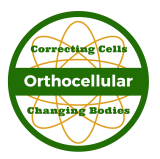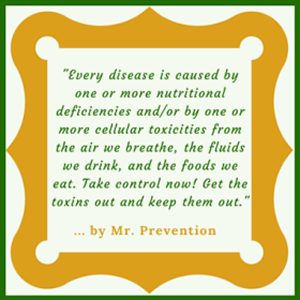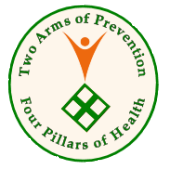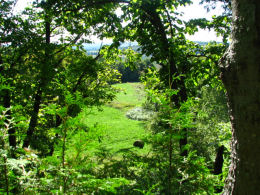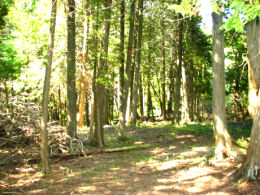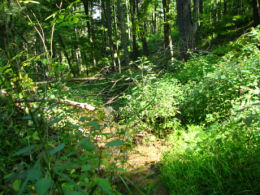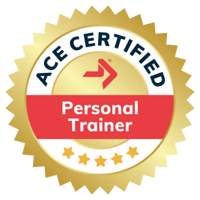Orthocellular Nutrition and Exercise Inc.
Regaining Lost Muscle Mass
... for those 45 plus ...
Our program entitled Regaining Lost Muscle Mass is geared specifically for adults aged 45+ who are beginning to feel the adverse effects of losing their muscle mass in terms of poor endurance and diminished strength, even for tasks of daily living.
- First, we take a quick look at the muscle mass loss numbers.
- Next, there is a description, prerequisites, objectives, and structure.
- At the bottom of the page, you can link directly to the sign-up page to register for the program.
Body Basics
Muscle Mass Losses with Age
Adults between 30 and 50 years of age who do not perform the right type of strength training sacrifice more than five pounds of muscle tissue every decade, and older adults lose even more than that. Here are the numbers:
Muscle loss from age 30 to 50 years: 10+ pounds
Age: 30 to 40: 0.5 lbs per year X 10 years = 5.0 lbs
Age: 40 to 50: 0.5 lbs per year X 10 years = 5.0 lbs
Muscle loss from age 50 to 70 years: 20+ pounds
Age: 50 to 60: 1.0 lbs per year X 10 years = 10.0 lbs
Age: 60 to 70: 1.0 lbs per year X 10 years = 10.0 lbs
Total Muscle Loss: From age 30 to 70 years: 30+ pounds
In terms of percentages, a person will lose approximately 40% of his or her muscle mass, as well as 50% of his or her muscle strength from age 30 to 70.
Muscle Mass Losses by Age 50
Therefore, based on the above figures, by the age of 50, you may have lost up to 20% of your muscle mass, as well as 25% of your muscle strength providing you have done nothing to reverse the decline. Not a good situation!
It's time to feel the strength in your movements again!
Program Description
Gains in muscular endurance, strength, and size are the hallmarks of this 20-week, 40-session adult nutrition and exercise program! The Regaining Lost Muscle Mass program is designed to rebuild the necessary muscle mass so you can maintain your activities of daily life and/or prepare yourself for more vigorous exercise activity.
The program is great for adults, aged 45 plus, who are:
- de-conditioned and returning to activity after a long lay off, and for
- active adults who need to improve total body endurance and strength.
Program Prerequisites
The participants in the Regaining Lost Muscle Mass program need to come in with the following characteristics:
- Age: Adults aged 45 plus, male or female
- Weight: Normal, within 10% of your set point weight
- Fitness Level: De-conditioned or active
- Current Residence: Northern Ontario
Program Objectives
The overall objectives of this 20-week, 40-session program are to enhance muscular fitness throughout the body by:
- reestablishing core stability and joint mobility,
- relearning movement function and efficiency,
- recovering lost muscle endurance,
- regaining lost muscle strength, and
- rebuilding lost muscle size for men, or
- rebuilding lost muscle definition for women.
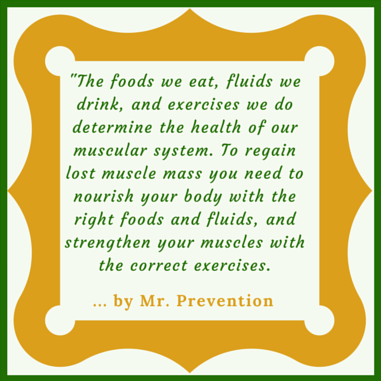
Program Structure
Pillar #1: Muscle Mass: Hormones, Nutrition, and Assessments
The first part of the program consists of the following three appointments:
Appointment #1: The opening appointment includes an introduction to the program, forms and questionnaires, as well as the following topics:
- Having Muscle Means You Call the Shots No Matter What Your Age
- Muscle Mass Losses in Mature Adults
- Protein Synthesis
- Factors to Consider When Exercising
- The Testosterone Connection
- The DHEA Connection
- The Human Growth Hormone Connection
Appointment #2: Here, we delve into the nutrition protocols. More specifically, we get into the natural whole foods way, the proper fluids, and the right fortifiers for regaining and then maintaining your muscle mass over time. A series of handouts are also included.
- Avoiding Muscle Loss as We Age
- Foods to Add to Rebuild Lost Muscle Mass
- Protein Strategy for those 45+
- Post-Exercise Requirement for Building Muscle Mass
- Post-Exercise Nutrition Needs
- Sources of Protein
- Fluids to Add to Maintain Muscle Mass
- Fluids to Avoid to Prevent Damage to your Body
- Power-Boosting Nutrients
- Four Groups of Supplements May be Needed
- The Best Fortifiers for our 45+ Group
Appointment #3: First, there is a discussion about the causes of sarcopenia, which is the age-related loss of muscle mass. Next, we have an introduction to the next pillar, which is the body strengthen and stretch program. Finally, a series of functional assessments are conducted to evaluate your current posture, movement, flexibility, balance, and core to establish a baseline for the sessions that follow.
- What is Sarcopenia and Can We Turn Back the Clock?
- Outdoor Exercise Routines: Weight-Bearing Exercises
- Indoor Exercise Routines: Weight-Bearing Exercises
- About the Body Strengthen and Stretch Program
- Program Objectives
- Program Phases
- Functional Assessments
- Testing and Evaluation
Pillar #2: Body Strengthen and Stretch Program
Stability, mobility, movement, strength, endurance, size, and definition are the hallmarks of this 4-phase, 16-week, 36-session adult body strengthening and stretching program! The program is designed to rebuild the necessary strength, endurance, and flexibility throughout the body so you can maintain your activities of daily life and/or prepare for more vigorous exercise activities.
There are four phases in this program as listed below:
Phase 1: The sessions in Phase 1 are designed to improve core stability and joint mobility. They are tailored to straighten the body and ready the participant for the phases that follow.
Phase 2: However, the sessions in Phases 2 are designed to improve your functional strength and movement efficiency, as well as static and dynamic balance throughout the body. They are geared to mobilize the body to ready the participant for the two phases that follow.
On the other hand, the sessions in Phases 3 and 4 build on the foundation established in the previous two phases. They are designed to strengthen and stretch the body.
Phase 3: This is the muscle endurance phase. During Phase 3, we progress further and up the intensity with load training to develop integrated strength and muscle endurance within the body. More specifically, you learn to progressively load the five movement patterns of life. Here, upper, lower, and trunk exercises that employ loaded movements are used to enhance total body strength and endurance.
Phase 4: This is the strength training phase. Each session in Phase 4 consists of an upper body and a lower body strengthening and stretching component. These are either single-joint or multiple-joint exercise routines by way of external resistance with free weights, resistance bands, medicine balls, and/or body-weight-only to improve muscle strength, as well as muscle size for men and muscle definition for women.
To feel the strength in your movements, head to the registration page.
Registering for Regaining Lost Muscle Mass
To sign-up for the program, head over to the registration page now and fill out the form with your contact information.
Lost Muscle Mass Registration
Checkpoint ...
Return to the top of this page: Regaining Lost Muscle Mass
Return to overviews: Two Pillar Programs
Head back home: Home Page
Caring is sharing ....
Four Pillars
of
Health
Pillar #1
Nutrition Protocols
Visit the Nutritionist's Kitchen
Pillar #2
Exercise Routines
Go to the Exercise Room
Pillar #3
Stress Reduction
Techniques
Head over to the Stress Reduction Place
Pillar #4
Detoxification
Methods
Check out the Detox Centre
Preventative
Health Contract Services
Business
and
Industry
Educational
Institutions
Health
Agencies
Preventative
Health Business Opportunities
Four Pillar
Licences
Two Pillar
Licences
Image Galleries
Click one of the thumbnails below to view a series of photos taken on the Bruce Trail and Georgian Bay.
E-publications
Our E-books
Workshops
Free Workshops
Fall 2025
Go to: Free Workshops
Blog
The Preventative Way
with
Mr. Prevention
On The Preventative Way page we reveal a number of scientific facts related to how we function at the cellular level to keep our bodies healthy. Visit this page often as new facts, quotes, videos, tips, and traps will be added from time to time.
Go to: The Preventative Way
Connect with Us
on Facebook
Visit the American Council on Exercise
American Council on Exercise offers four certifications for aspiring fitness professionals including their Certified Personal Trainer (ACE-CPT) designation. Click on the ACE logo to find out all about their programs and certifications..
The Leap Manifesto
A call for a Canada based on caring for the Earth and one another is the message on this organization's site.
Click on the above logo to read the manifesto and then sign it. Orthocellular supports this initiative because it is about positive change for the people and the environment that we all share. The changes need to start now!
